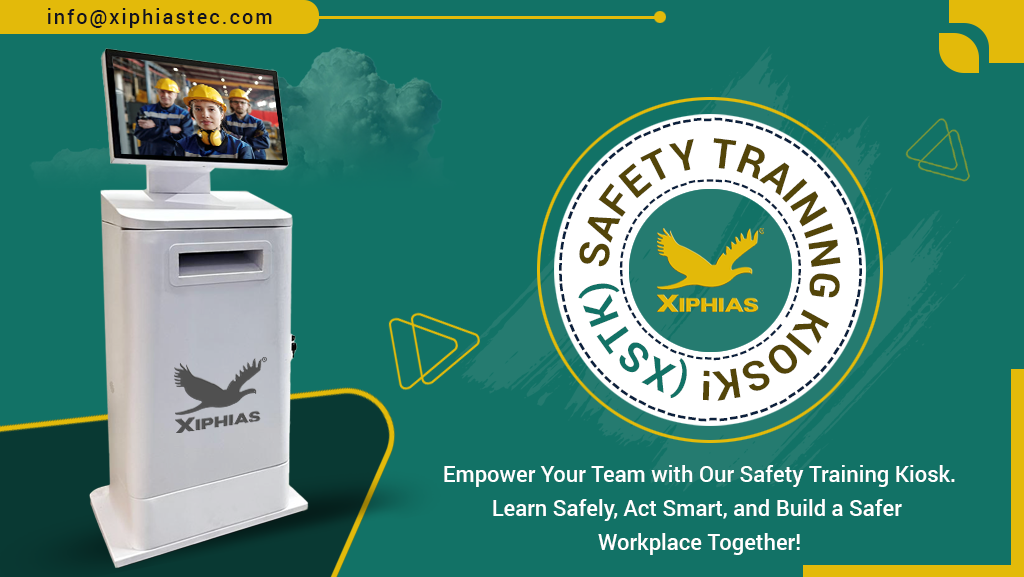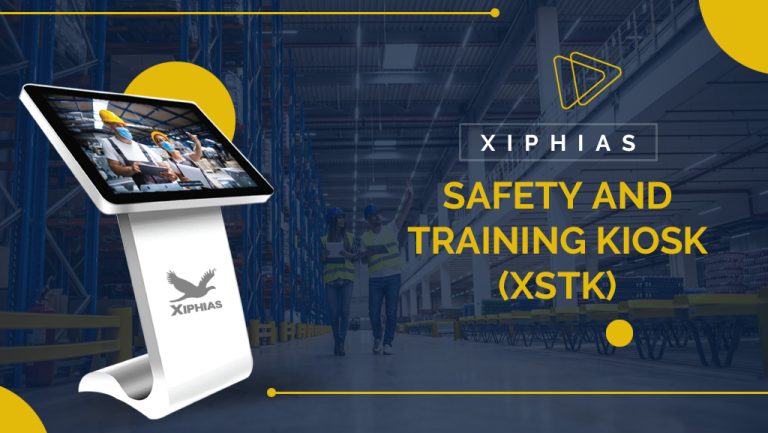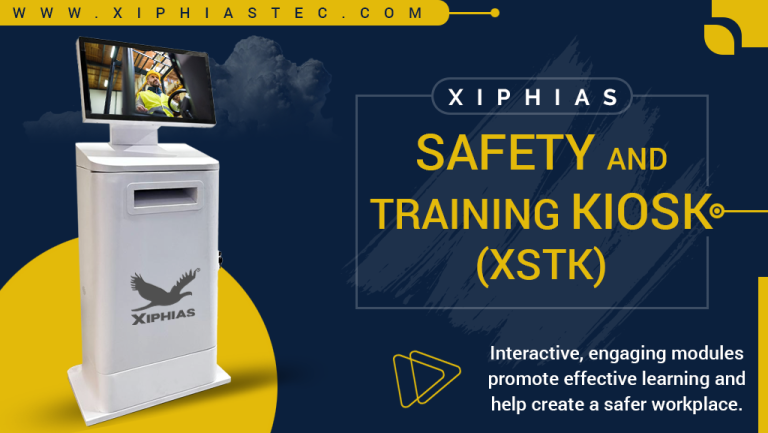How Safety Training Kiosks Enhance Employee Awareness and Compliance?
Workplace safety is a top priority for businesses across industries. Ensuring that employees understand safety protocols, hazard prevention, and compliance requirements is essential to minimize accidents and enhance productivity. Traditional safety training methods often fall short due to time constraints and lack of engagement. This is where safety training kiosks play a transformative role. These self-service digital kiosks provide interactive and accessible safety training, ensuring employees remain informed and compliant with industry regulations.
What Are Safety Training Kiosks?
Safety training kiosks are self-service digital terminals designed to deliver interactive training modules, safety quizzes, compliance guidelines, and emergency response protocols. These kiosks are strategically placed within workplaces to allow employees to access safety training materials at their convenience. The digital format ensures that training is engaging, up-to-date, and easily accessible.
Benefits of Safety Training Kiosks
1. Improved Employee Awareness
Safety training kiosks provide employees with instant access to safety information, enabling them to stay informed about workplace hazards, emergency procedures, and industry regulations. Interactive content such as videos, quizzes, and simulations enhances learning retention and encourages proactive safety behavior.
2. Consistent Compliance Training
Regulatory compliance is critical for businesses to avoid fines, lawsuits, and workplace incidents. Safety training kiosks ensure that all employees receive standardized training that aligns with OSHA, ANSI, and other industry-specific regulations. The automated tracking system ensures that employees complete required training on time.
3. On-Demand and Flexible Learning
Unlike scheduled in-person training sessions, kiosks allow employees to complete training at their own pace. This flexibility is particularly beneficial for shift workers and new hires who may need immediate access to safety protocols before starting work.
4. Reduction in Workplace Incidents
Studies show that well-trained employees are less likely to be involved in workplace accidents. Safety training kiosks help reinforce hazard recognition and emergency response strategies, reducing workplace injuries and promoting a safer work environment.
5. Cost-Effective Training Solution
Traditional safety training requires trainers, printed materials, and scheduling logistics, all of which incur costs. Safety kiosks significantly reduce expenses by providing a one-time investment with continuous training availability. Companies can also update content digitally, eliminating the need for reprinting manuals and hiring external trainers frequently.
6. Data-Driven Insights for Employers
Safety kiosks collect data on employee training progress, quiz results, and areas requiring improvement. This data-driven approach enables employers to identify training gaps, assess compliance levels, and implement targeted improvements in workplace safety programs.
7. Multilingual and Inclusive Training
In diverse workplaces, language barriers can impact the effectiveness of safety training. Safety kiosks offer multilingual options, ensuring that employees from different backgrounds can understand safety guidelines and protocols in their preferred language.
Key Features of an Effective Safety Kiosk
To maximize the benefits of safety kiosks, businesses should look for kiosks with the following features:
- Touchscreen interface for easy navigation
- Interactive learning modules with real-world scenarios
- Multimedia content (videos, images, animations)
- Compliance tracking and certification management
- Customizable content for industry-specific training
- Secure login and progress tracking
- Integration with company HR and safety databases
Industries Benefiting from Safety Kiosks
1. Manufacturing and Industrial Plants
- Ensures compliance with OSHA and industry safety regulations
- Trains employees on proper handling of hazardous materials and heavy machinery
2. Construction Sites
- Provides training on fall prevention, equipment safety, and hazard awareness
- Reduces accidents caused by inadequate safety training
3. Healthcare Facilities
- Educates staff on infection control, patient handling, and emergency response
- Enhances compliance with HIPAA and OSHA guidelines
4. Retail and Hospitality
- Covers fire safety, emergency exits, and workplace violence prevention
- Ensures employee safety in customer-facing roles
5. Transportation and Logistics
- Teaches safe driving practices, vehicle maintenance, and loading/unloading procedures
- Reduces accidents related to transport operations
Implementing Safety Training Kiosks in the Workplace
1. Assess Training Needs
Identify the specific safety training requirements of your industry and workforce to select the appropriate kiosk solution.
2. Choose the Right Kiosk Provider
Work with a reputable manufacturer that offers customizable and scalable safety training solutions.
3. Install Kiosks in High-Traffic Areas
Place kiosks in break rooms, entrance areas, training centers, and workstations to encourage employee engagement.
4. Update Content Regularly
Keep training materials up-to-date with the latest regulations and company policies to ensure compliance.
5. Monitor and Evaluate Performance
Use built-in analytics to track training completion rates, quiz scores, and compliance status for continuous improvement.




